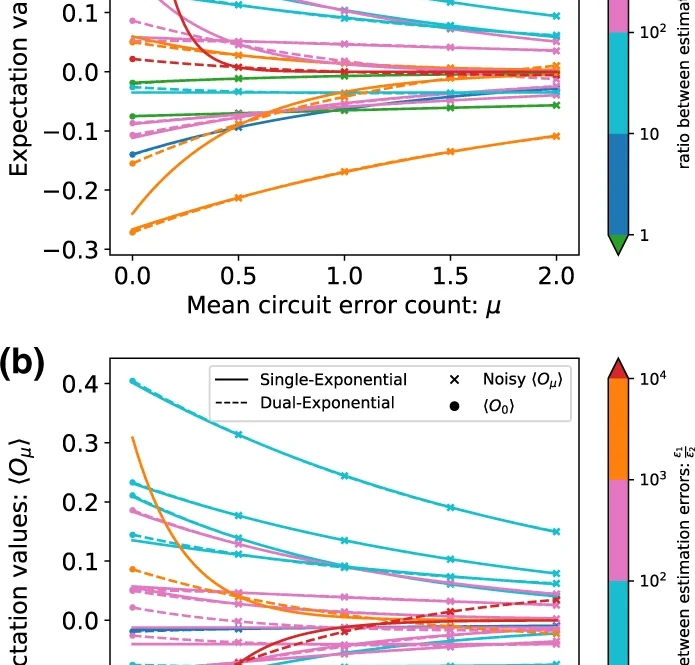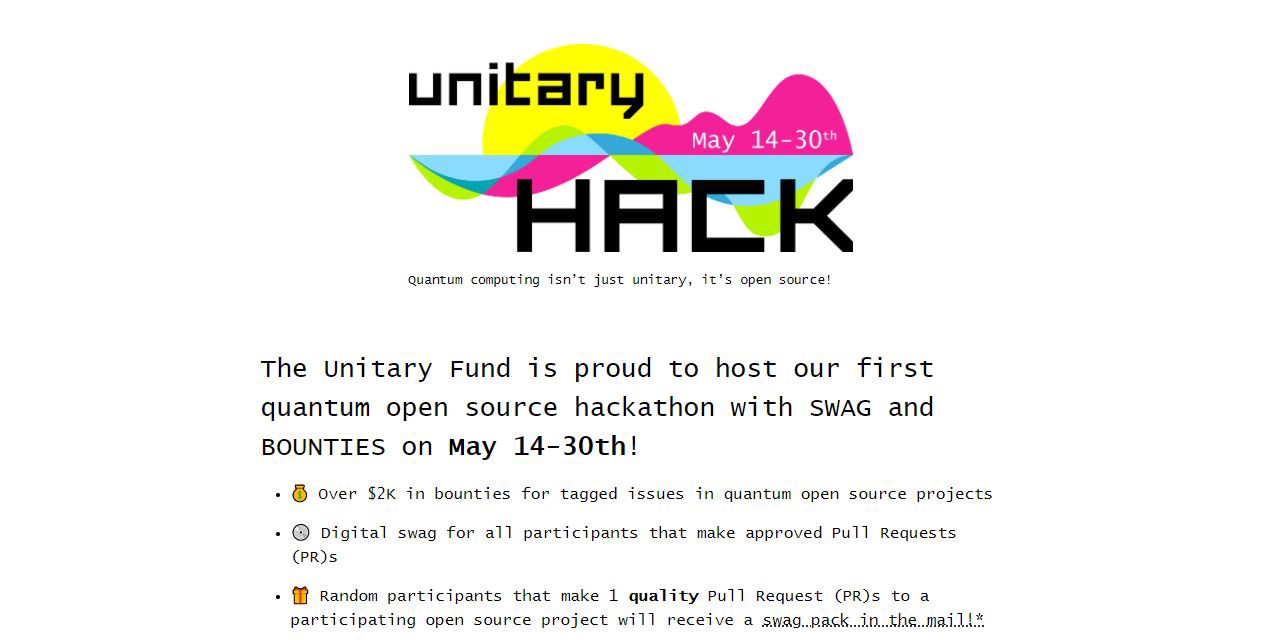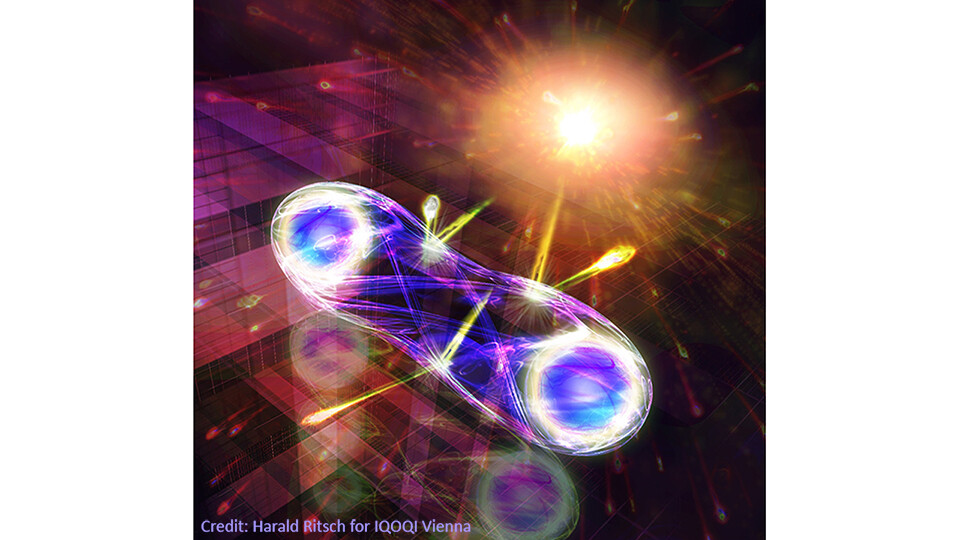The paper addresses a fundamental challenge in quantum computing: managing noise in quantum hardware without relying on quantum error correction, which requires substantial qubit overhead. The authors explore the potential of quantum error mitigation techniques for Noisy Intermediate-Scale Quantum (NISQ) devices, focusing particularly on the development and combination of three key approaches: error extrapolation, quasi-probability, and symmetry verification.
The research makes significant advances in error extrapolation methodology, extending beyond the traditional single-exponential approach to introduce multi-exponential error extrapolation. This enhancement delivers remarkable improvements in estimation accuracy, showing orders of magnitude better results compared to single-exponential methods. The authors provide rigorous mathematical proof of its effectiveness under Pauli noise conditions, moving beyond the previous reliance on numerical simulations and heuristic arguments.
Pauli noise refers to a specific type of noise model that describes errors in quantum systems using Pauli operators (also known as Pauli matrices). Pauli noise occurs when these Pauli operators randomly act on qubits, causing errors in quantum computations.
A major innovation presented in the paper is the development of methods to combine these different error mitigation techniques effectively. The researchers discovered ways to leverage unique features of each approach, such as utilizing failed symmetry verification results rather than discarding them, and adapting quasi-probability for error transformation instead of complete error removal. Their numerical simulations demonstrate that this combined approach achieves low estimation bias while significantly reducing the sampling cost compared to using quasi-probability alone. Notably, this method eliminates the need to adjust hardware error rates, which was previously required in traditional error extrapolation.
This work represents a significant step forward in making NISQ devices more practical for real-world applications. By providing a more comprehensive and efficient approach to error mitigation, the research opens new possibilities for performing meaningful quantum computations on near-term quantum hardware, despite the presence of noise and errors in the system.
npj Quantum Information, Published online: 25 May 2021; doi:10.1038/s41534-021-00404-3



